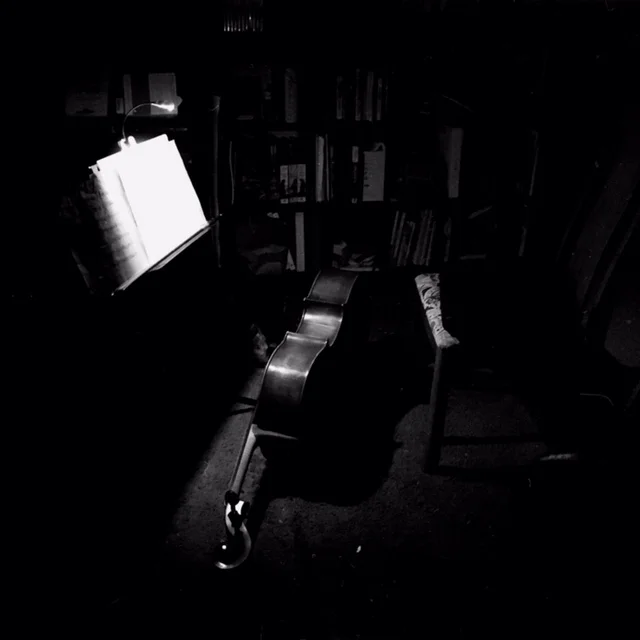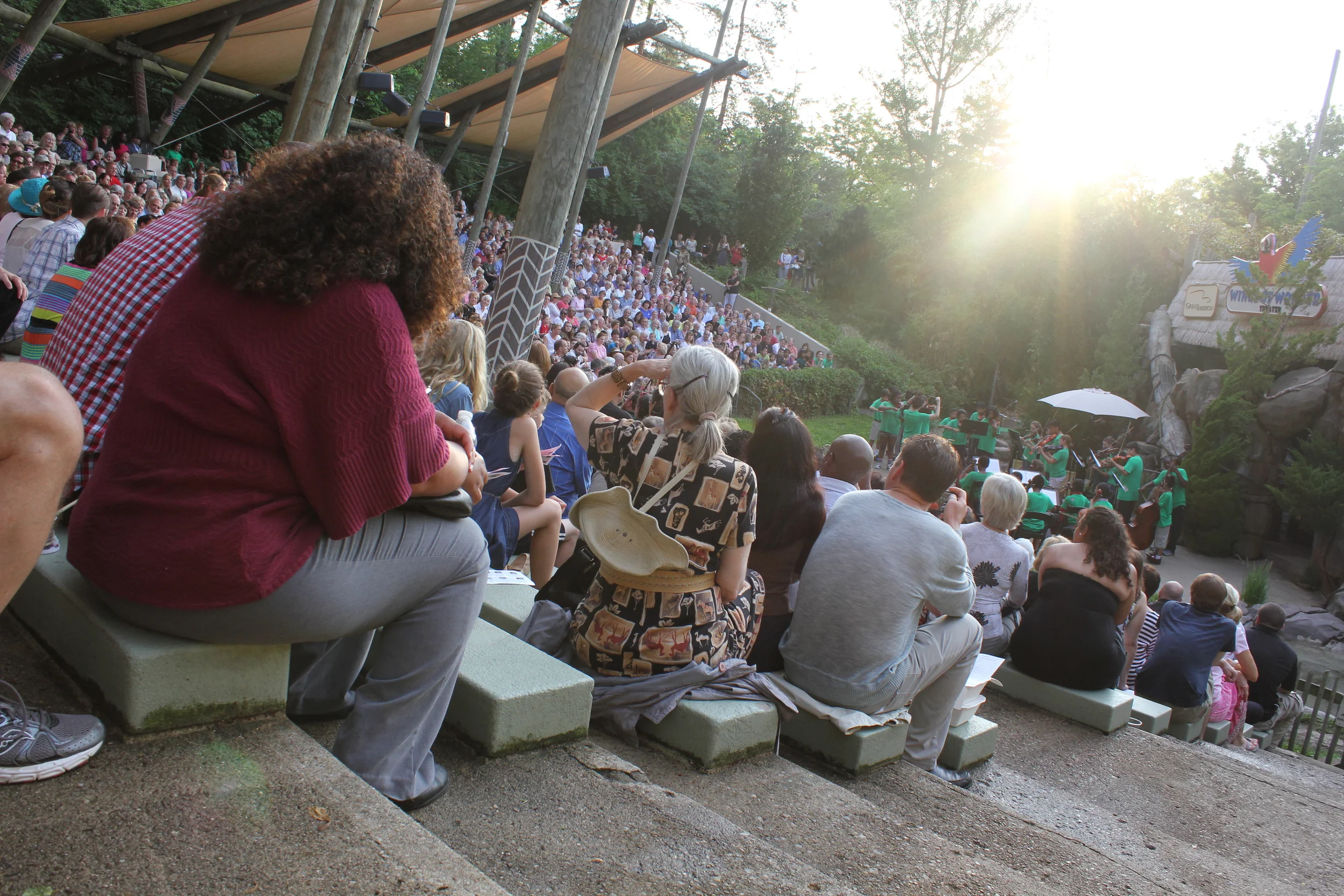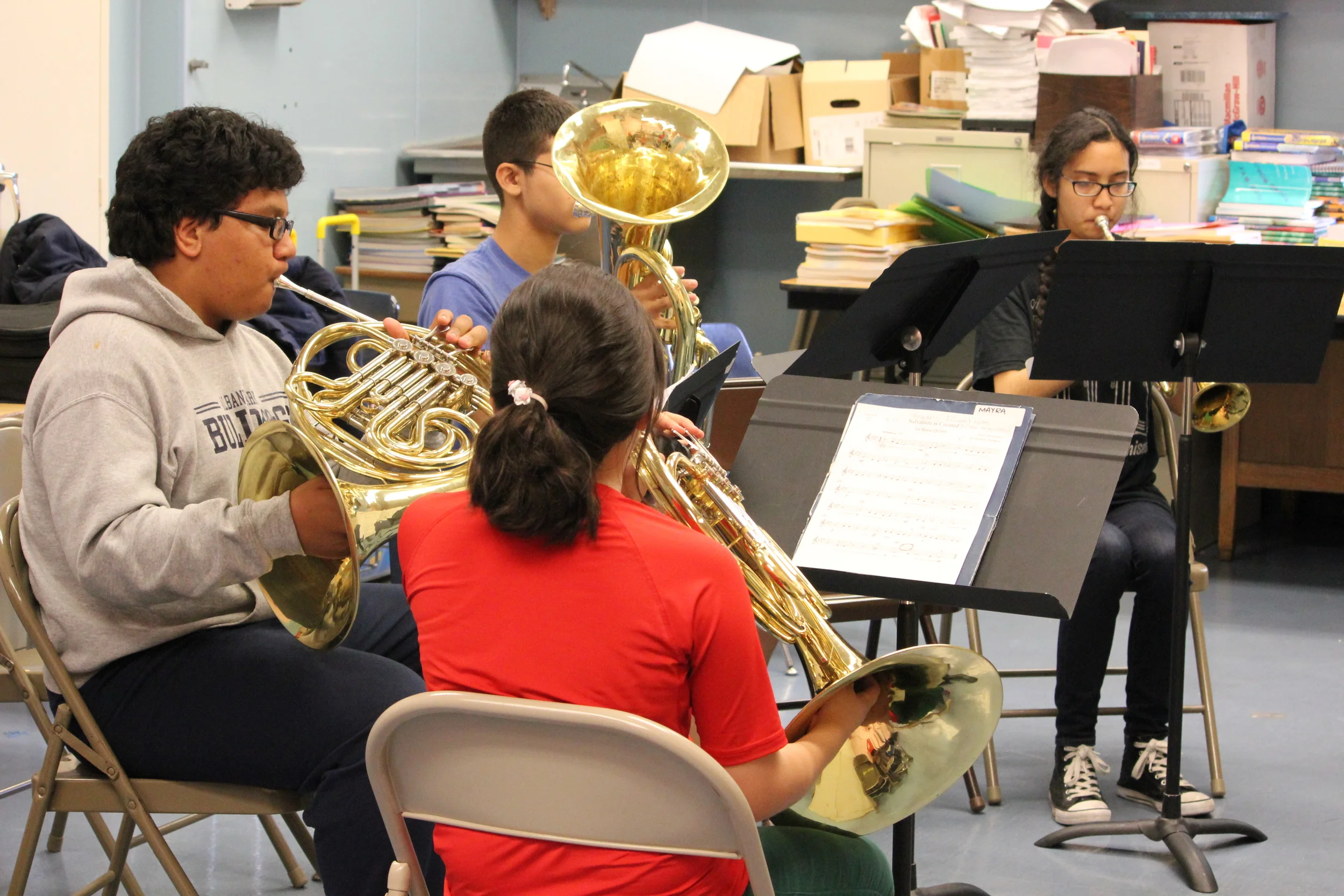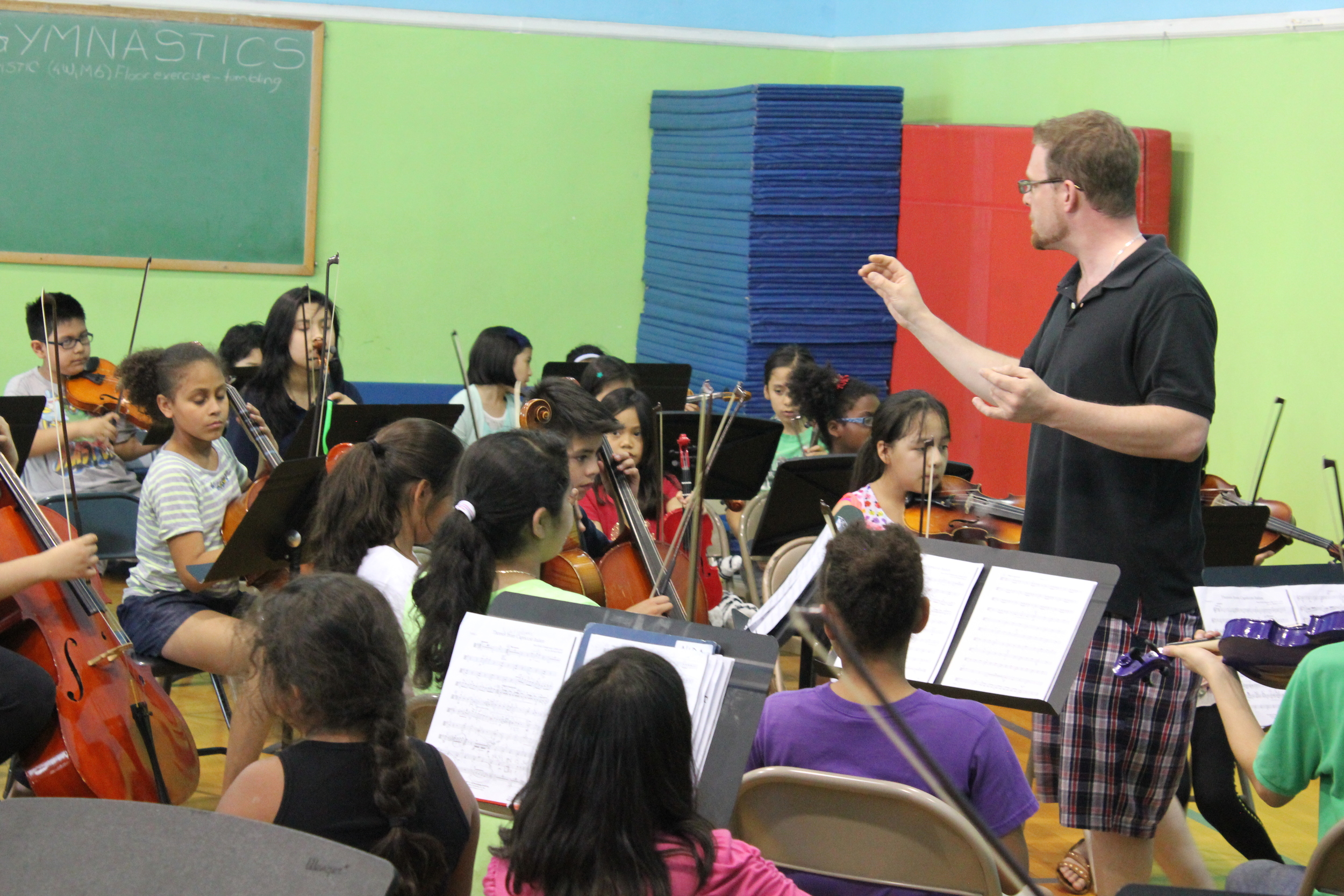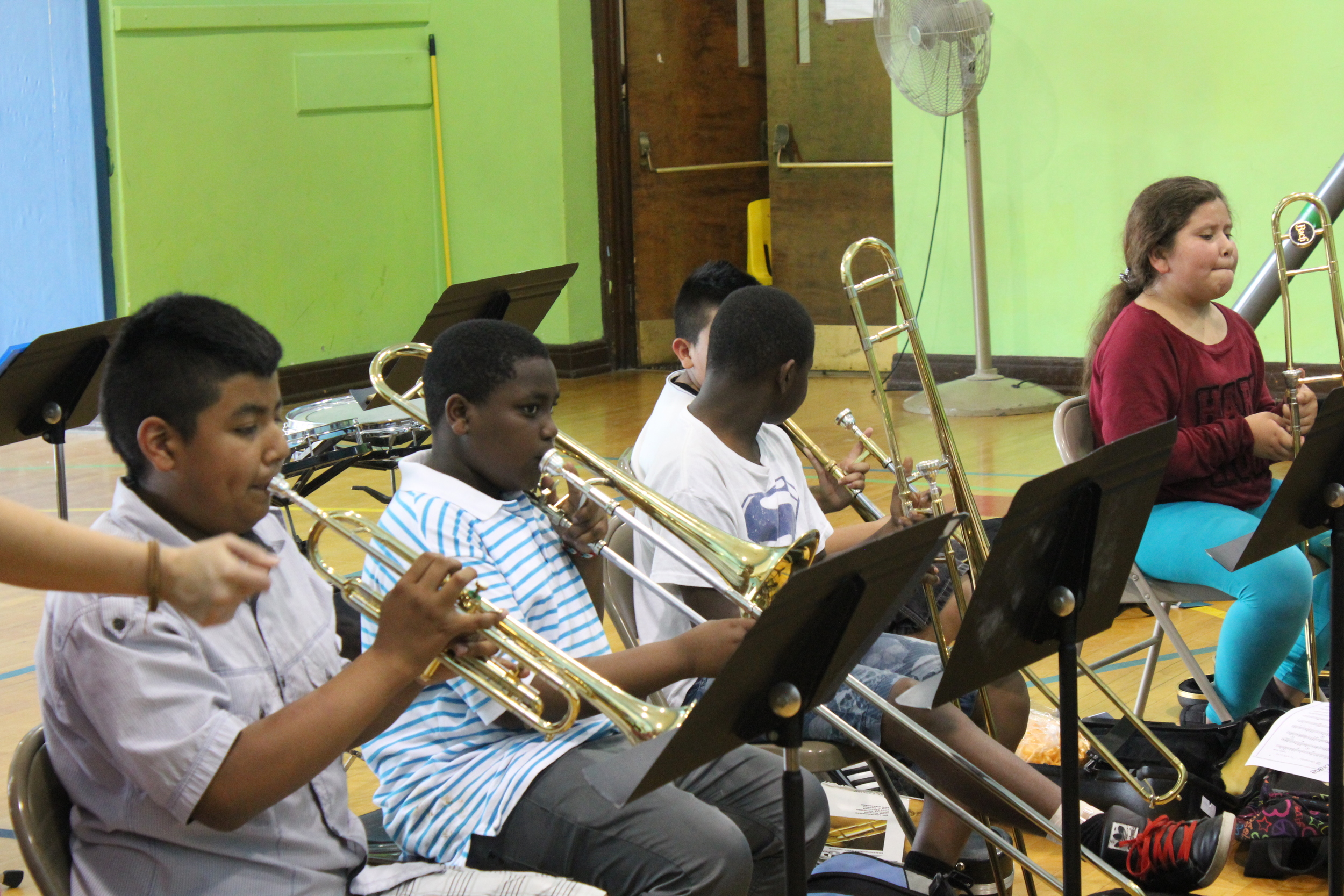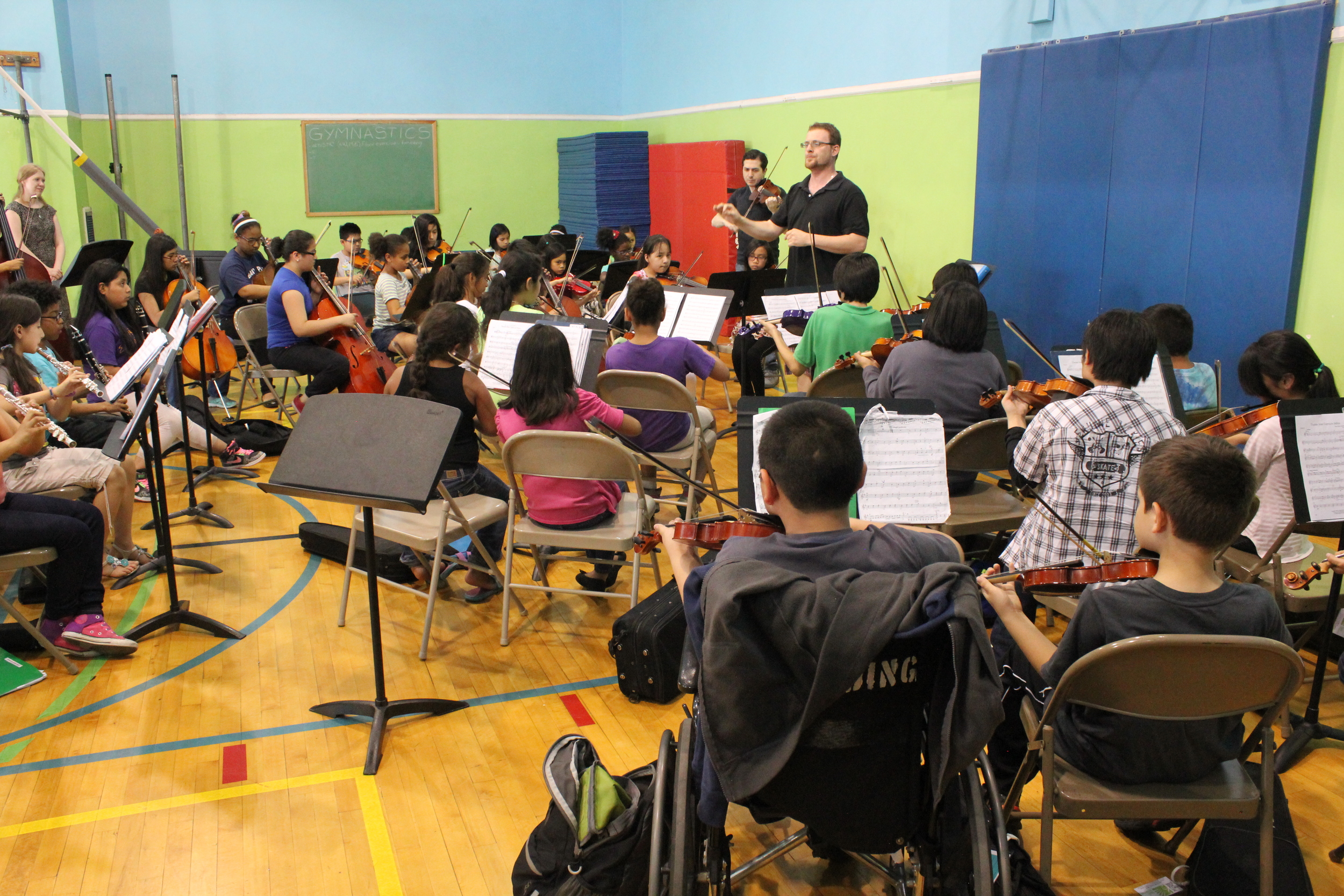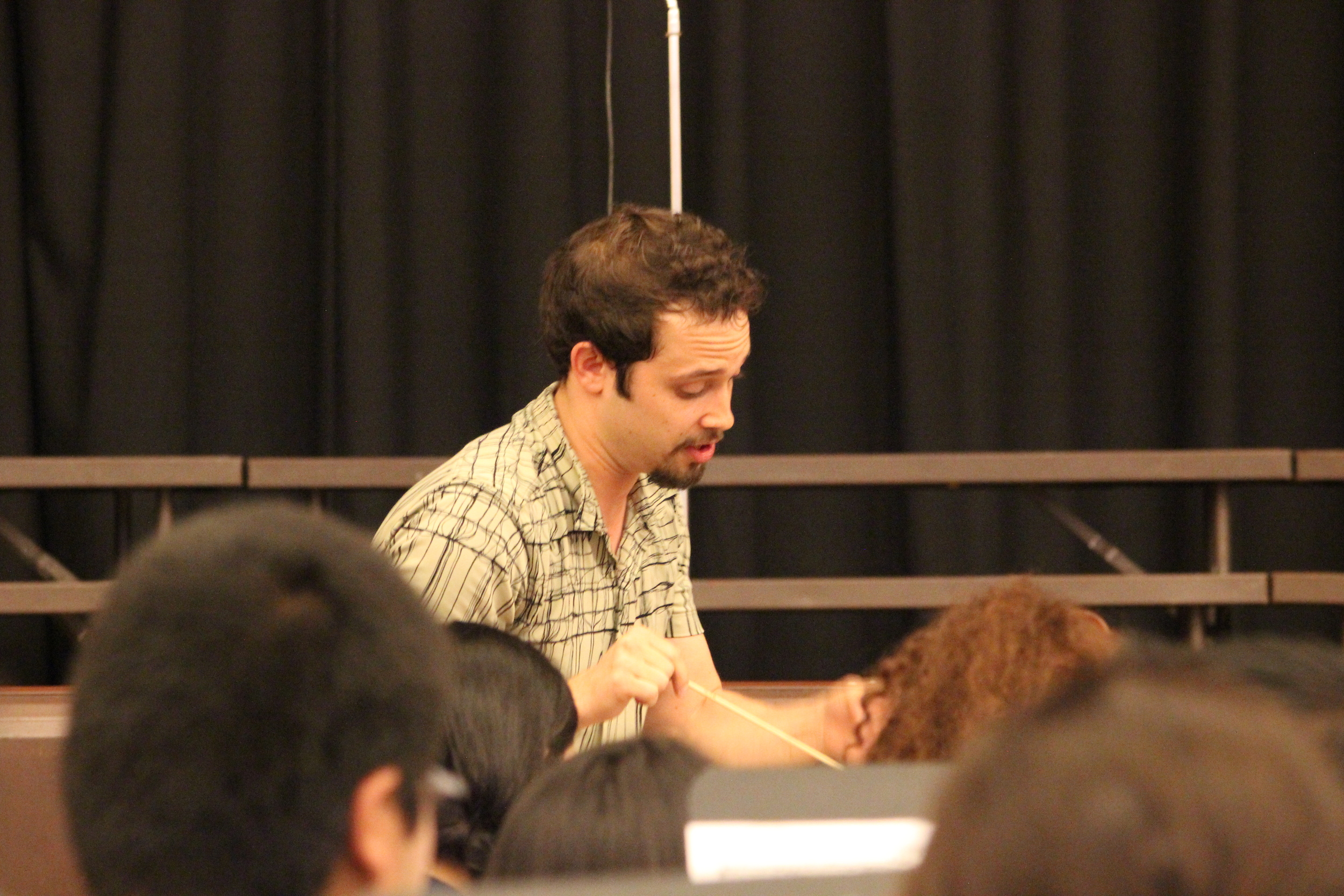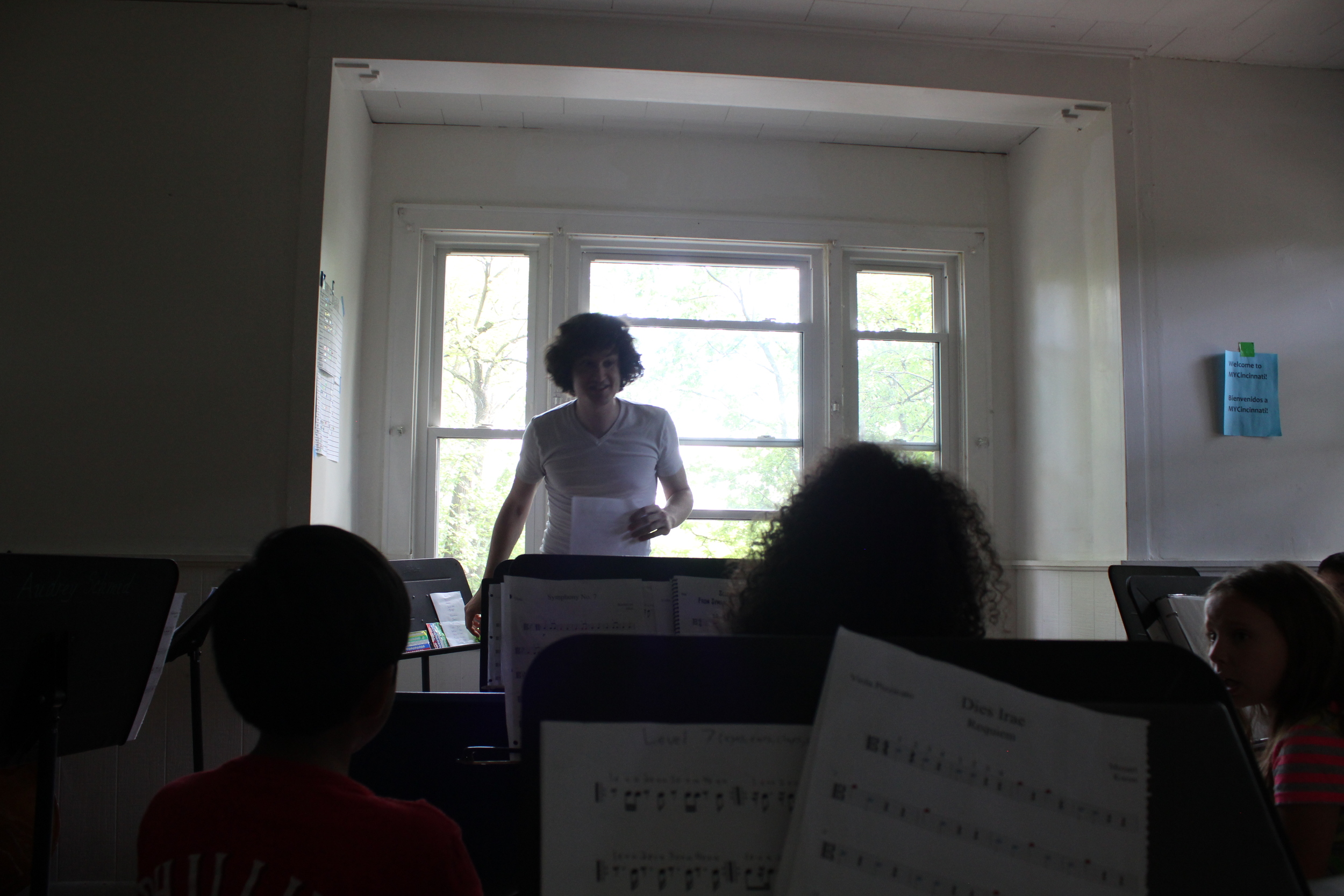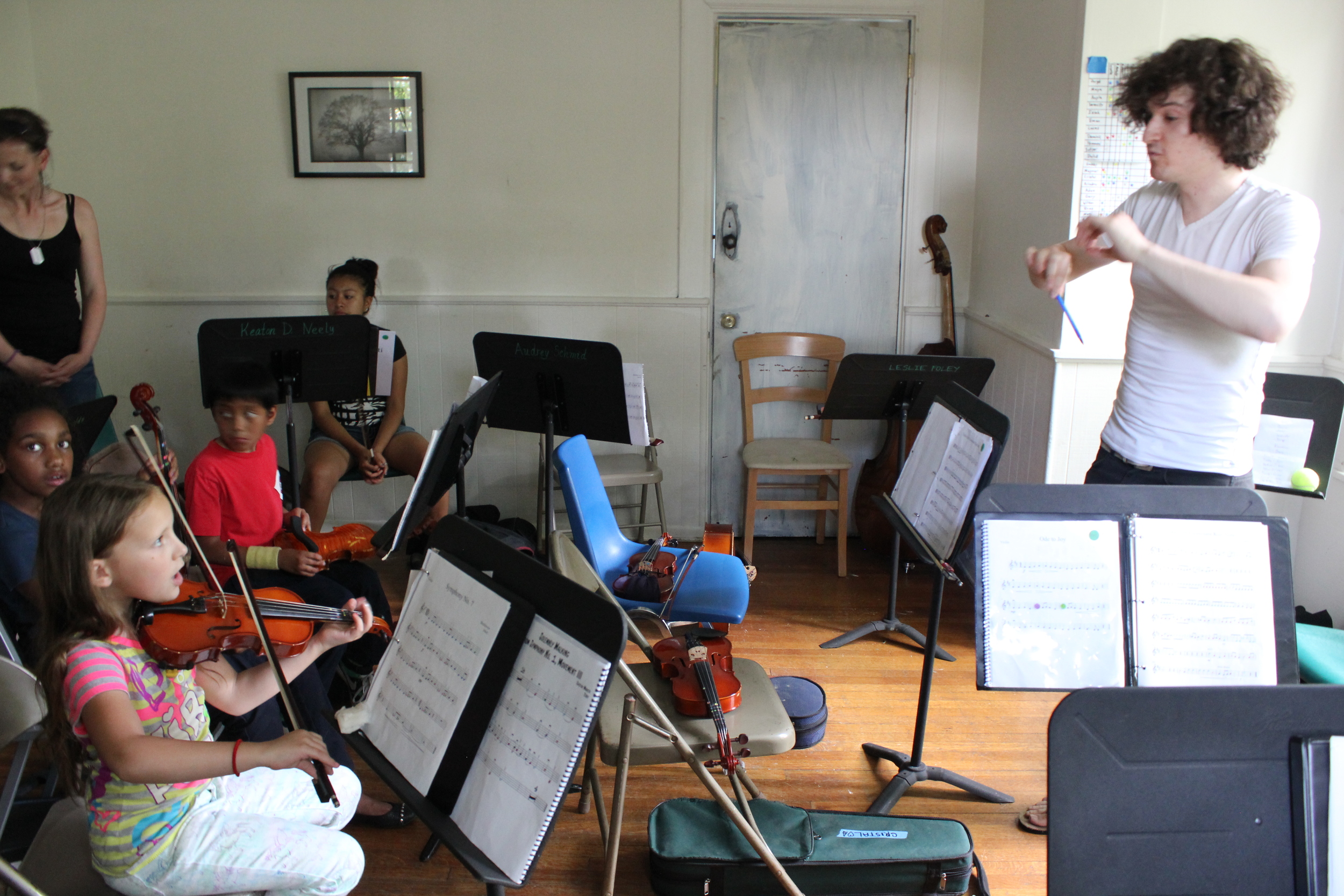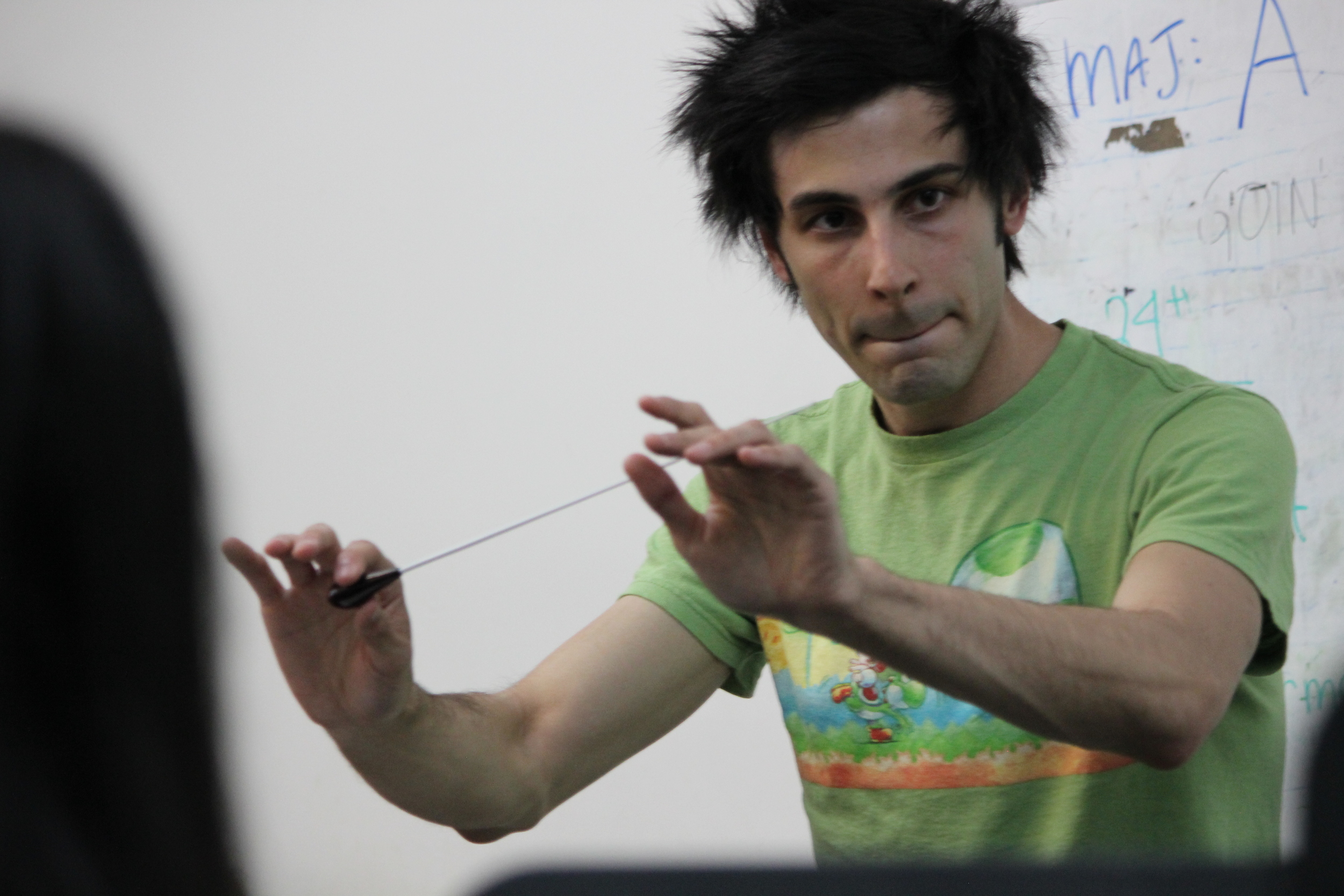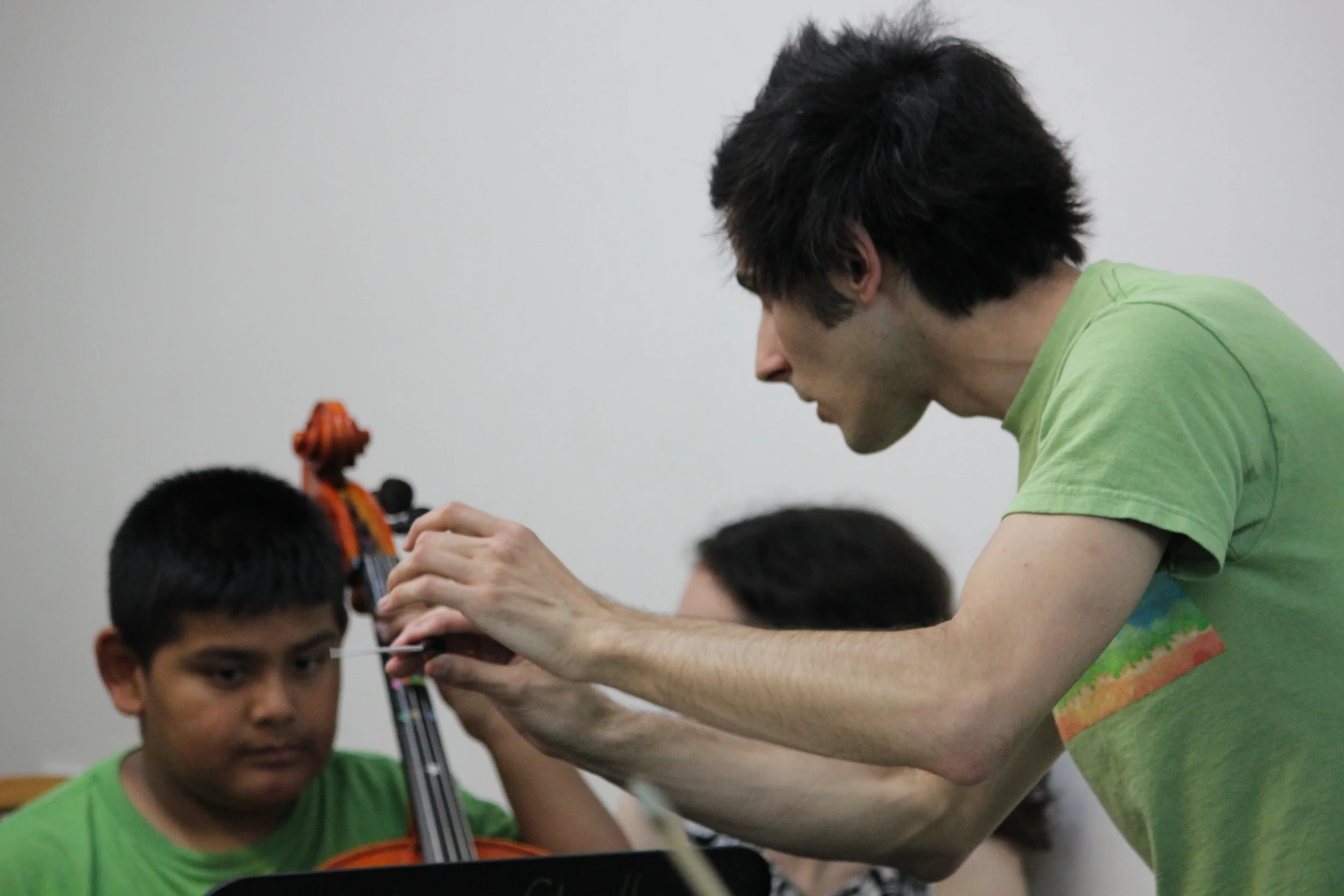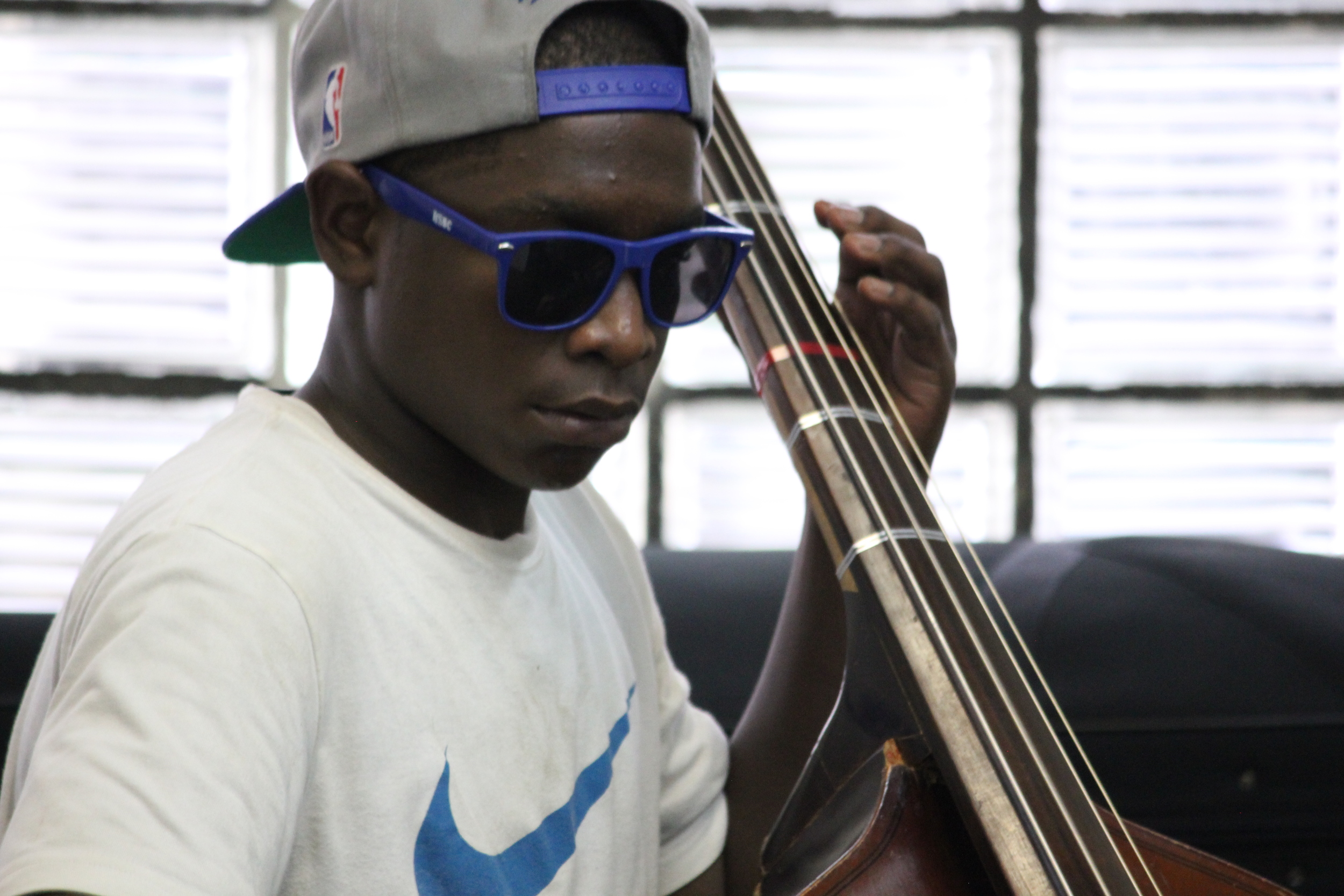5:00am
/I have been a evening practicer since I graduated from my MM program and joined the real world again. I work two to three jobs during the day and have two children of my own to love and spend time with. This has meant that my prime, and only, practice time has been from 8pm (when my kids go to bed) to 10pm (when I can no longer focus).
The problem with my evening practice is that by the time I got to around 9:15pm my mind would wander more frequently and I would find myself practicing the same sections over and over until 10pm when I would finally throw in the towel. If we had company over then practice was out of the question for that night.
3 weeks ago I decided to flip my day and practice before work every day. With the help of a practice mute, I have been able to get in an hour of practice or more every morning. This is a very productive and intense practice session. I am able to focus solely on the goal of the day with a focus I just can't muster after 9pm.
Studies have shown that attention is a finite resource that can be recharged with rest. Instead of fighting to stay focused with all of my might, I wake up recharged and ready for deep practice with an intense focus.
It is such a great way to start the day, and I can't see myself switching back anytime soon.

